- Download:
- MP3 Audio74 MB
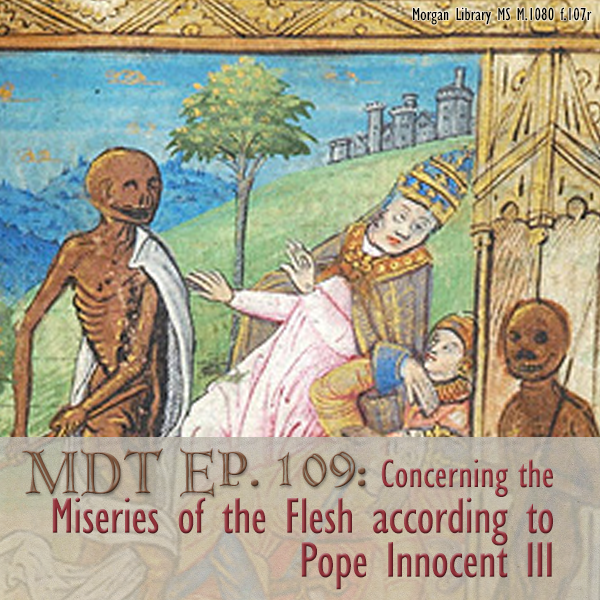
In this episode, we explore the tradition of contemptus mundi with a text all about how horrible it is to be a human being, On the Misery of the Human Condition, written by Pope Innocent III (when he was but Cardinal Lotario di Segni).
Today’s Texts:
- Lotario dei Contie di Segni [Pope Innocent III]. De miseria condicionis humane. The Latin Library, https://www.thelatinlibrary.com/innocent1.html
References:
- Lothario Dei Segni [Pope Innocent III]. On the Misery of the Human Condition. Edited by Donald R. Howard, translated by Margaret Mary Dietz. Bobbs-Merrill Company, 1969. Archive.org.
- Moore, John C. “Innocent III’s De Miseria Humanae Conditionis: A Speculum Curiae?” The Catholic Historical Review, vol. 67, no. 4, Oct. 1981, pp. 553-564. JSTOR.
Image: Detail from a 15th century French Book of Hours, Morgan Library MS M.1080 fol. 107r.
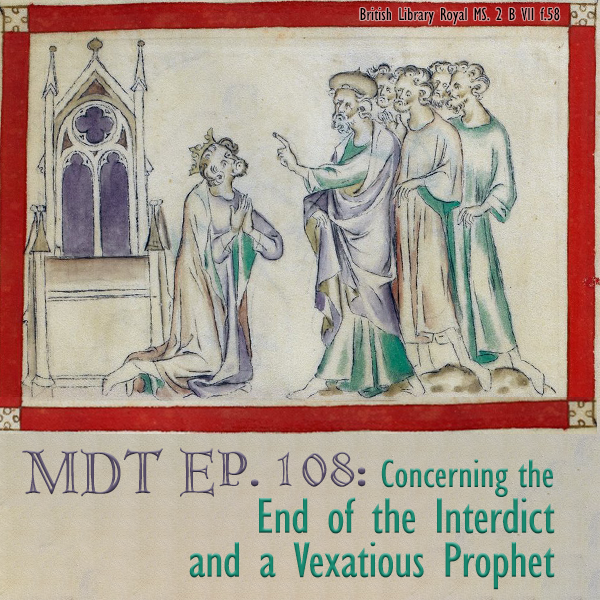
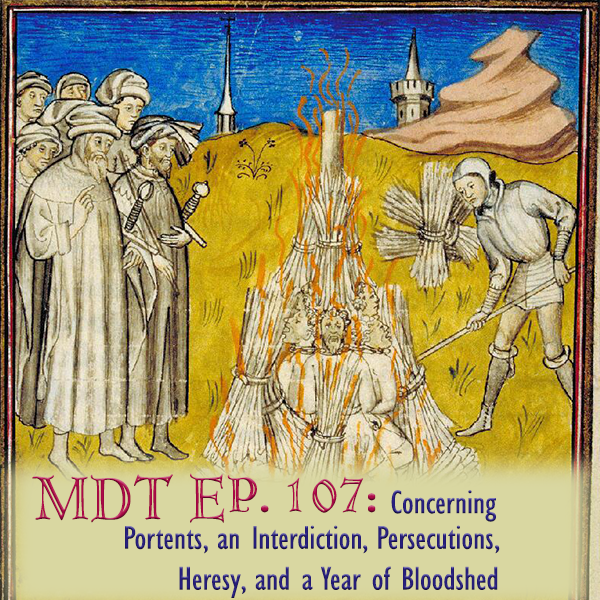
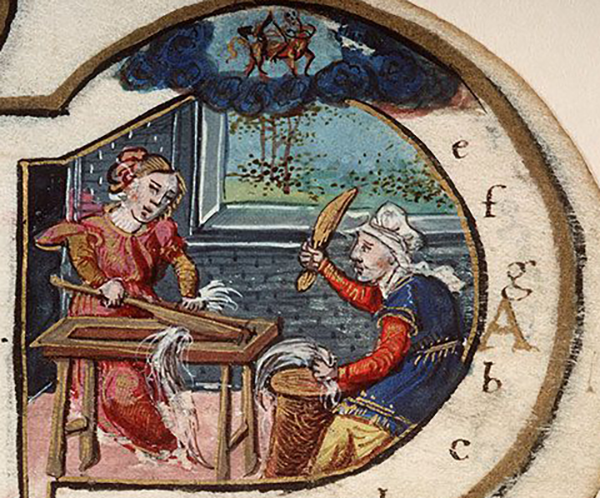
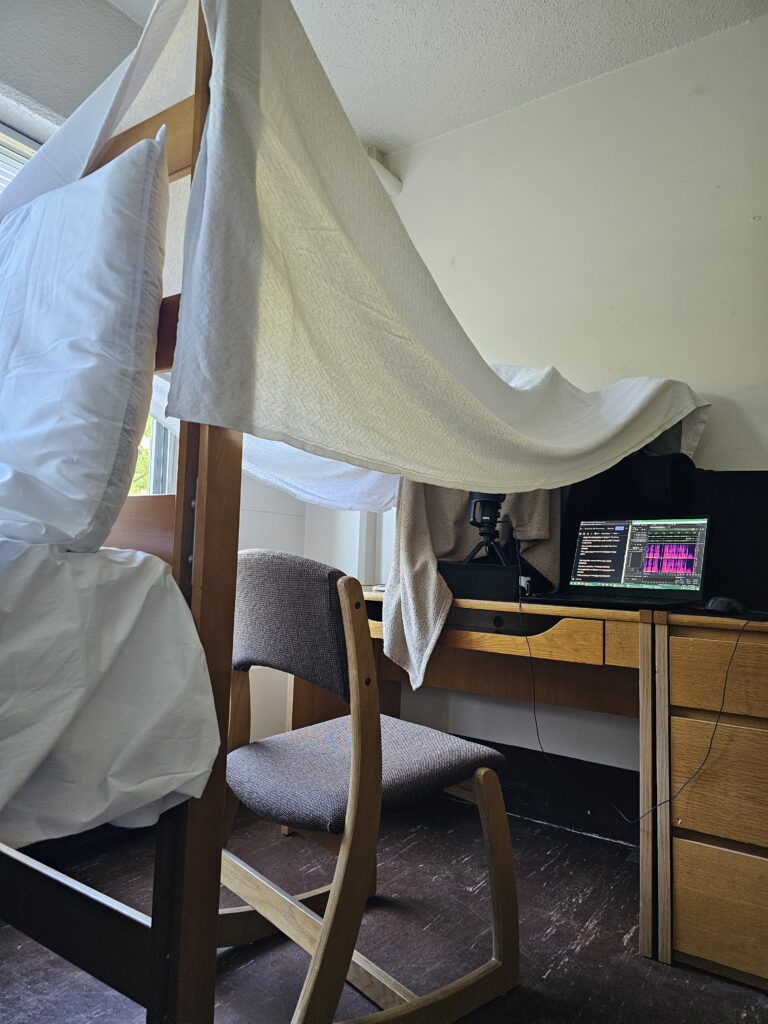

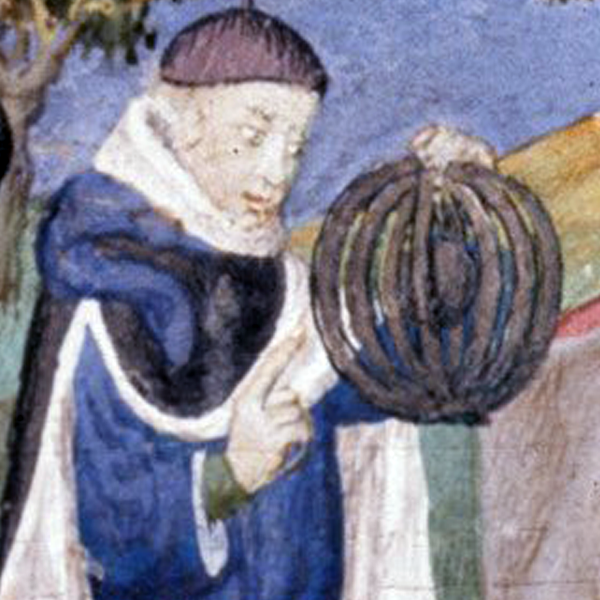



Recent Comments